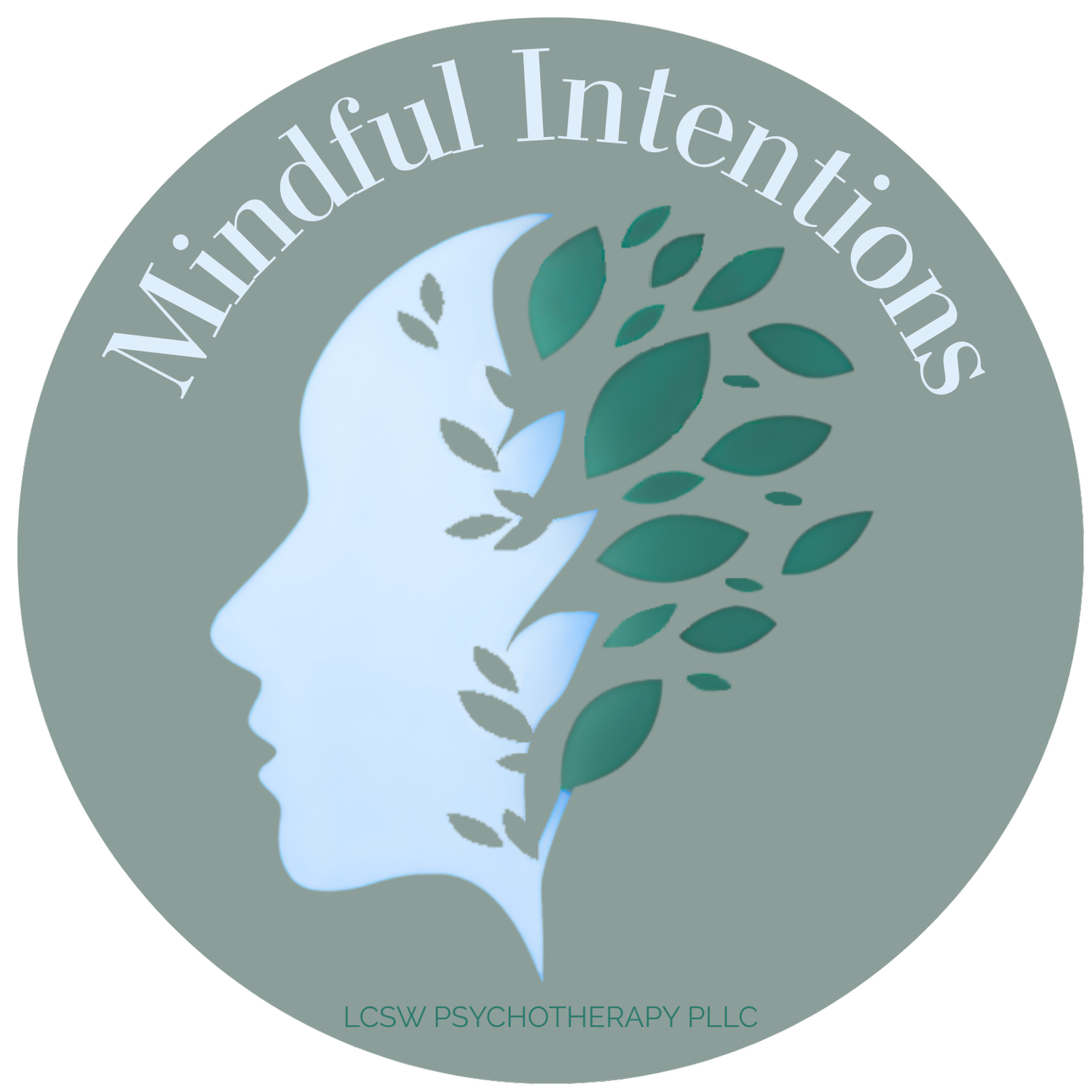Attention Deficit/Hyperactive Disorder (ADHD)
ADHD—Attention-Deficit/Hyperactivity Disorder—isn’t about being lazy, unmotivated, or careless. It’s a neurodevelopmental condition that affects how your brain regulates attention, impulses, energy, and motivation. It’s not a character flaw—it’s just a different way of processing the world.
If you have ADHD, you might notice difficulty with focus, organization, follow-through, or time management. You might feel mentally scattered, forget important things, or struggle to get started—especially with tasks that feel boring or overwhelming. Some people experience restlessness, impulsivity, or emotional reactivity; others may appear quiet but feel distracted, overstimulated internally or have sensory sensitivities. It shows up differently in everyone.
Living with untreated ADHD can lead to frustration, low self-esteem, guilt, shame and burnout—not because you’re incapable, but because the world often isn’t built for how your brain works. Therapy can help by offering strategies to manage daily challenges, build structure that works for you, and work through any shame or self-doubt that’s developed over time.
When we understand ADHD not as a deficit, but as a different brain style with its own strengths and struggles, we can begin to work with it—not against it.
How We Can Help
Treating ADHD in therapy is not about ‘fixing’ the person—it’s about understanding how their brain works and building tools and strategies that help them succeed on their own terms. Whether we’re working with a child, teen, or adult, the goal is to reduce stress, build confidence, and improve functioning in everyday life.
Here’s how the process often works:
1. Understanding the Full Picture
We begin with assessment and observation. We look at how ADHD is showing up in your (or your child’s) life—things like focus, organization, emotional regulation, school or work challenges, relationships, and daily routines.
We also explore co-occurring issues such as anxiety, depression, shame, or low self-esteem, which are common with ADHD.
2. Building Awareness & Education
Psychoeducation is key. We spend time learning what ADHD actually is—how it affects attention, time perception, memory, motivation, and emotional regulation—so you can stop blaming yourself and start working with your brain instead of against it.
For kids, this often includes teaching parents and caregivers about ADHD too.
3. Developing Personalized Strategies
We create practical, realistic tools for daily life: time management techniques, planning systems, emotional regulation skills, breaking tasks into steps, and developing structure or routines.
We tailor these to the person’s life—whether that’s school, work, parenting, or managing relationships.
4. Building Emotional Skills & Self-Compassion
We often address the emotional impact of ADHD—like shame from years of struggling, fear of failure, or low confidence.
Therapy creates space to process those feelings and develop a healthier internal narrative: “I’m not broken, my brain just works differently.”
5. Strengthening Relationships & Communication
For children or teens, this may involve parent coaching to reduce power struggles, improve communication, and support executive function skills at home.
For adults, this might include working on how ADHD affects romantic relationships, work dynamics, or family responsibilities.
6. Monitoring Progress & Adjusting
ADHD is dynamic—so therapy is too. We track what’s working, adjust strategies as life changes, and celebrate small wins along the way.
Therapy won’t ‘cure’ ADHD—but it can absolutely change how you live with it. You’ll feel more in control, more understood, and better equipped to succeed in a world that wasn’t built for ADHD brains—but can be navigated with the right support.
